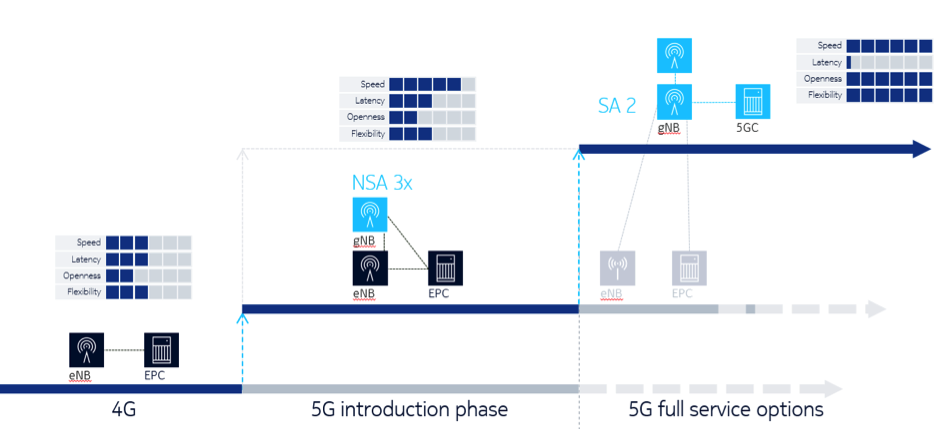Airborne support for fiery situations
Over the past year it’s been hard to miss the headlines about huge fires across the world, from Australia, to Russia, to the USA. I am saddened to read about the damage to the landscape, wildlife and property, not to mention the extreme danger for firefighters and relief workers facing the massive flames.
However, I am a strong believer in the power of technology to help humanity. So, it’s exciting to see how advanced drones equipped with Internet of Things (IoT) devices are being used to support the fire services. Drones can quickly reach and cover a large fire area to measure the damage and assess how the fire is spreading. They can also closely observe areas too dangerous for humans to approach. Such insights enable more effective firefighting and help to save lives.
To provide detailed data, drones carry multiple IoT devices – high-definition cameras, as well as gas, humidity, temperature, and other sensors. Every sensor needs to transmit its data in real time.
Not only must these mission-critical devices send large volumes of data (HD video is a good example), but there may be many drones deployed over a wide area. This means the communications network must offer high bandwidth, enable real-time data transmission, and reliably and safely connect multiple devices.
To me, that sounds a lot like Massive IoT, or massive Machine-Type Communications (mMTC) in the 5G world.
Ready for (massive) IoT
To meet all those demands, you need a 5G Standalone (SA) network. Let me explain why.
Most Communications Service Providers (CSPs) rolling out 5G have first implemented a Non-Standalone (NSA) deployment to offer extreme bandwidth. Their next step is to match those high speeds with the capabilities to handle large numbers of IoT devices delivering real-time data. There are many use cases. As well as emergency response, other mMTC examples include large industrial areas with multiple sensors, smart buildings, fleet management, smart meters, and smart agriculture.
The 5G SA core is ready to handle all these opportunities. In our firefighting example, the use of mission critical massive IoT requires features that only a 5G SA deployment can provide.
Always connected with network slicing
With a 5G SA deployment, CSPs can set up network slices for all use cases, guaranteeing the desired service levels across all elements of the 5G network from core to radio.
Returning to our firefighting example, it’s easy to imagine a situation in which people living nearby are making multiple phone calls to their families and others to get updates on the situation. The network could quickly become congested, but the firefighters’ mission-critical drones remain supported via a network slice which continues to ensure high quality connectivity.
How do you move from NSA to SA with a 5G core?
It all sounds great, doesn’t it? But how do you move from 5G NSA to SA deployment?
For the answers, please join our webinar in which I address many topics, including:
- The service types enabled by 5G SA
- How to migrate from 5G NSA to 5G SA
- The 5G core’s critical role in service creation and customer experience.
The webinar delivers a lot of detailed information, but in short, there are different starting points depending on whether a CSP has an existing 3G/4G network that needs to be enhanced or if the network is completely new. For an existing 4G core migration, the first step is to implement containerized network functions for both 4G and 5G cloud-packet core network functions with integrated common management. CSPs can choose when to migrate and can, for example, continue to use their legacy core to support 4G devices.
The migration must use fully cloud-native stateless applications with their data, including subscriber, charging, policy, and session data, moved to a shared data layer for storage.

Performance without compromise
Whether supporting the emergency services facing life-or-death situations, or helping manufacturers keep production running efficiently, CSPs have no need to compromise. With a 5G SA deployment they can offer assured connectivity performance for both mission critical and Massive IoT, whatever the circumstances.
To learn more, download our white paper.

About Jonathan Harvey
Heading the Core Networks Portfolio in Nokia Cloud & Networks Services. Based in the UK and travelling extensively for customer meetings globally. Passionate about our Core portfolio and its evolution to Cloud Native and 5G.
Follow Jonathan on Twitter
The post How to tackle the burning issue of moving from 5G NSA to SA appeared first on RCR Wireless News.
